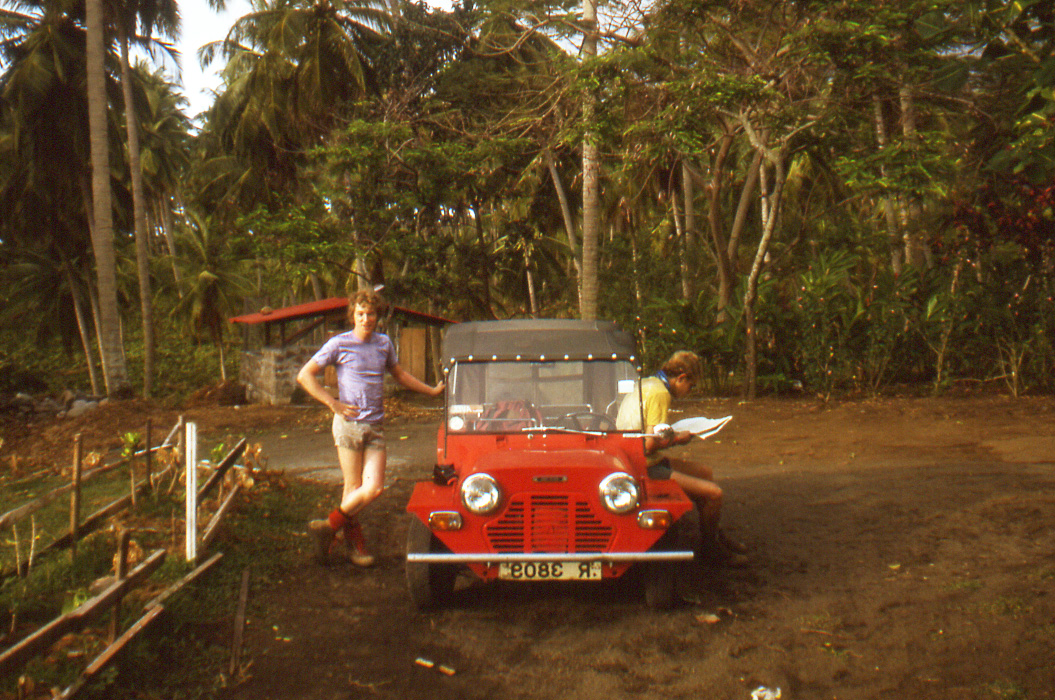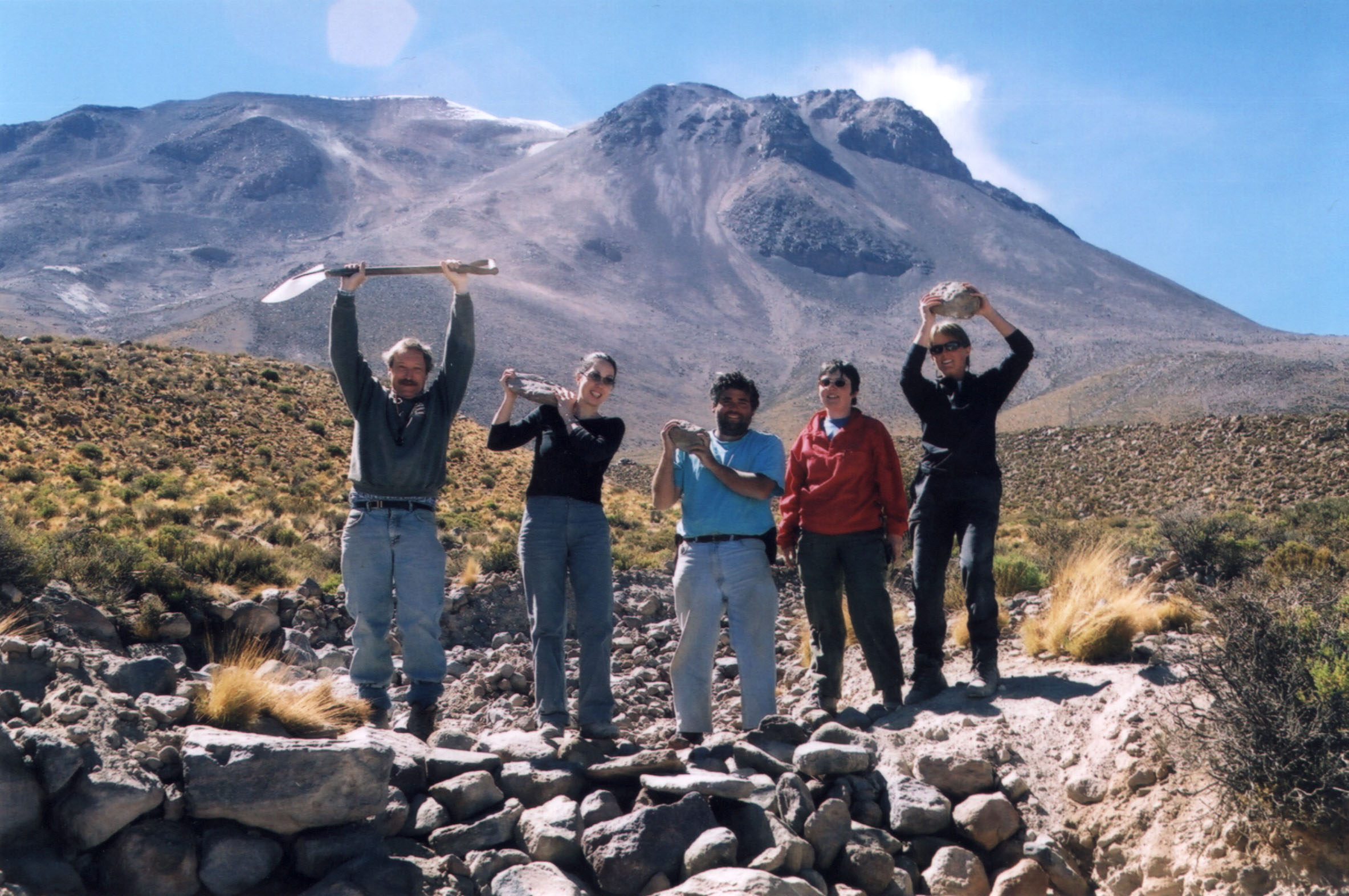Under the surface
Interview: Helen O'Hara / Main photo: David Pratt
Professor Sir Stephen Sparks, Volcanologist (Geology 1971, PhD 1974).
The technology around monitoring volcanoes has developed significantly over the years I’ve been studying them, but there are two simple things I can’t do without: a hammer and a hand lens. Seismometers, GPS and all sorts of wonderful instruments are brilliant, but I’m a geologist, so I’m always collecting rocks and looking at minerals, which I take back to the lab and analyse.
I got my first hammer when I was going around North Wales and Chester as a teenage schoolboy. You can buy them on the internet these days, of course, but there used to be a geology store in London where you could buy a hammer and get a good hand lens. Or camera shops sometimes have lenses. But a hammer for breaking rocks is essential.
My favourite days are when I go out to work on volcanoes, as you’re often in wild places. I worked a lot in the high Andes – in Chile and a little bit in Argentina – where the landscape is truly spectacular. And for different reasons, working on the eruption of the Soufrière Hills volcano in Montserrat was another favourite period of my career.

The first trip I ever did to an active volcano, as an undergraduate at Imperial, was to Iceland to do some mapping. During my PhD I visited southern Iceland on the little island of Heimaey when it erupted. That was a fantastic opportunity to do some really interesting science. I also worked on the lava flows at Mount Etna and a little bit on Stromboli. But the eruption of the Soufrière Hills volcano was such a major event. I spent several months on the island in the first three years of the eruption. That was the first time I’d really been involved in applying the science, in helping set up a volcano observatory and being in the forefront of the management of the emergency.
Strangely, I never felt in danger on the Soufrière Hills. We got used to the patterns of volcanic activity, so that meant we could identify periods when the risk would have been too high, and other periods when we thought the risk was low that we could get quite close to take samples and make measurements. During an eruption, rocks offer tell-tale signs of change, so my hammer came in useful.

I worked in a university setting for most of my career, so I did the usual combination of teaching and research. But I’ve always built in fieldwork, and I’ve been lucky because the applied side of my work is not just the active volcanoes. I have also researched radioactive waste disposal, and worked with the mining industry. A lot of metals and minerals are mined from old volcanoes and the structure of the volcano determines where the minerals are.
The fantasy version of volcanology says that we do lots of dangerous things and dress up in silver suits and abseil into craters. But you don’t achieve a lot of particularly useful science by doing that. Nowadays, drones or satellites can make many measurements for you, so you don’t need to take risks. Just head out with a hammer – at a safe distance.
Professor Sir Stephen Sparks (Geology 1971, PhD 1974) is one of the world’s leading volcanologists and winner of Imperial’s Distinguished Alumni Award 2023.